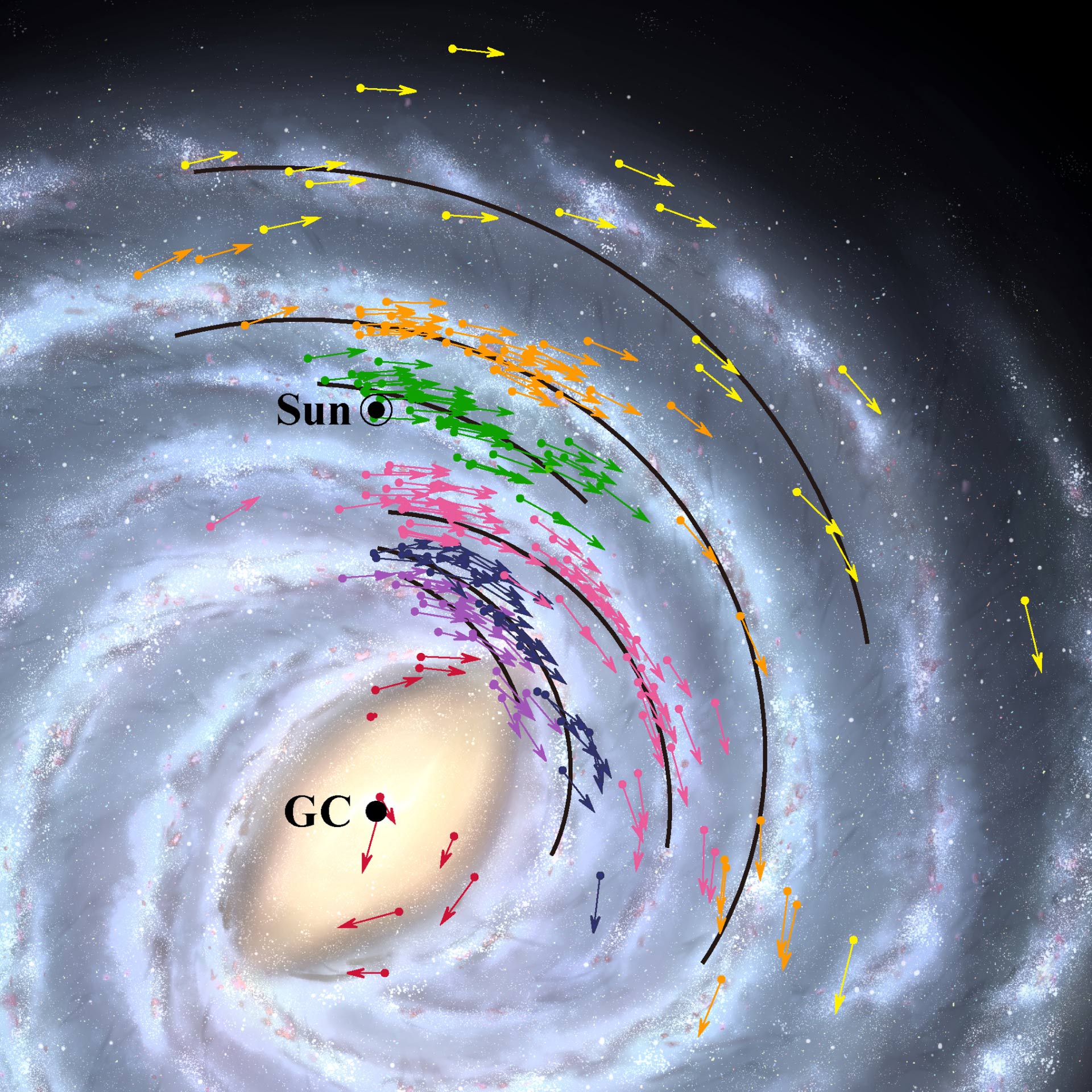Stars are the dazzling beacons of the Universe, illuminating the vastness of space and serving as the building blocks of galaxies. From the tiniest red dwarfs to the most massive supergiants, stars play a pivotal role in shaping the cosmos. The Universe Episodes provide viewers with a stunning journey through the lifecycle of Stars, revealing how these celestial objects influence the formation of planets, galaxies, and even the elements that make up life on Earth. Understanding stars is essential to understanding the broader Universe, as every glow in the night sky tells a story that spans billions of years.
The Birth of Stars
The journey of stars begins in dense clouds of gas and dust known as nebulae. In these stellar nurseries, gravity pulls material together, igniting nuclear fusion that marks the birth of a new star. The Universe Episodes offer a captivating look at this process, showing how stars emerge from seemingly chaotic clouds to become brilliant sources of light and energy. Each star’s birth is unique, shaped by the surrounding environment and the amount of material available. Watching these episodes helps us appreciate the sheer complexity and beauty of stellar formation, reminding us that stars are not merely distant points of light—they are dynamic entities shaping the Universe from their very inception.
Life Cycles of Stars
Once a star is born, it undergoes a life cycle that can span millions or even billions of years, depending on its size. Smaller stars burn their fuel slowly, evolving into red giants before fading into white dwarfs. Massive stars, on the other hand, live fast and die spectacularly, often ending their lives in cataclysmic supernovae. The Universe Episodes explore these cycles in vivid detail, illustrating how the life and death of stars contribute to the chemical enrichment of the cosmos. Every supernova spreads elements such as carbon, oxygen, and iron, seeding the Universe with the ingredients necessary for planets and life. Through these episodes, viewers witness how stars are both creators and destroyers, shaping the cosmos in profound ways.
Stars and Galactic Formation
Stars are not solitary entities; they exist within galaxies that are themselves shaped by stellar populations. In The Universe Episodes, we see how clusters of stars form intricate patterns within spiral arms, elliptical cores, and irregular galaxies. The distribution and behavior of stars influence the gravitational forces that govern galactic structure and evolution. By observing these episodes, it becomes clear that stars are architects of the cosmos, their collective mass guiding the motion of entire galaxies. The intricate relationship between stars and galaxies underscores the interconnectedness of the Universe, showing that the fate of one is often tied to the fate of many.
The Power of Stars
The energy emitted by stars is staggering. Light, heat, and stellar winds from stars drive the dynamics of nearby space, influencing the formation of new stars and planets. The Universe Episodes highlight the immense power of stars, from the gentle glow of long-lived dwarfs to the explosive energy of supernovae and gamma-ray bursts. The radiation from stars shapes their surroundings, creating shock waves that trigger new waves of star formation and sculpt the interstellar medium. This continuous cycle demonstrates how stars are vital engines within the Universe, perpetually driving change and evolution across cosmic scales.
Stars and the Elements of Life
Without stars, the Universe would lack the essential elements that make life possible. Within the cores of stars, nuclear fusion creates heavier elements, which are later dispersed through stellar explosions. The Universe Episodes show how these processes have been occurring for billions of years, building the very fabric of planets and living organisms. Every atom of iron in our blood and carbon in our bodies was forged in the heart of a star. By highlighting this connection, these episodes remind us that stars are not distant and irrelevant—they are deeply entwined with our existence, shaping both the cosmos and life itself.
Observing Stars in the Modern Era
Advancements in telescopes and observational technology have allowed scientists to study stars in unprecedented detail. From observing distant supernovae to mapping the life cycles of nearby stars, modern astronomy provides insight into the forces that shape the cosmos. The Universe Episodes leverage these scientific discoveries to present a comprehensive view of stars, combining stunning visuals with cutting-edge research. By watching these episodes, viewers gain a deeper appreciation of how stars influence everything from planetary systems to the structure of the Universe itself.
The Eternal Influence of Stars
Even as individual stars die, their impact on the Universe endures. Remnants from stellar explosions enrich interstellar space, giving rise to new generations of stars and planetary systems. The Universe Episodes emphasize that stars are central to the ongoing story of cosmic evolution. By studying stars, we gain insight not only into the workings of the Universe but also into the history and potential future of our own solar system. Each star is a testament to the incredible processes that govern the cosmos, reminding us that the Universe is a dynamic, interconnected web of energy and matter.
Conclusion: Stars as Cosmic Architects
Stars are the heartbeats of the Universe, guiding its evolution, shaping galaxies, and creating the very elements necessary for life. Through The Universe Episodes, viewers are offered an awe-inspiring window into the lives of these celestial objects, witnessing their power, beauty, and influence. The study of stars reveals the grandeur of the cosmos and our own place within it. By exploring stars, we embrace the majesty of the Universe, gaining not only knowledge but also a profound sense of connection to the cosmos that stretches far beyond our everyday experience. In every flicker of starlight, the story of the Universe continues to unfold.



